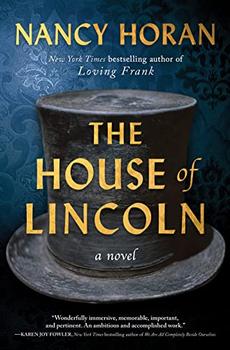I think this statement was true at the time of this book's setting. Marriage offered women the potential for moving up in social status, as well as living a more comfortable lifestyle than that of how they'd grown up. At a minimum, marriage meant that women would be "provide for," since they were not allowed the opportunities and privileges to provide for themselves. In the 1800s, both women and their children were considered the property of their husbands. Today, the landscape has changed. Women are able to work and provide for themselves and their children, if they want. Additionally, if women choose not to marry, or to divorce, it is no longer thought to be taboo. While inequalities still exist, the financial and social landscape for women has come a long way since the historical setting o this book.



